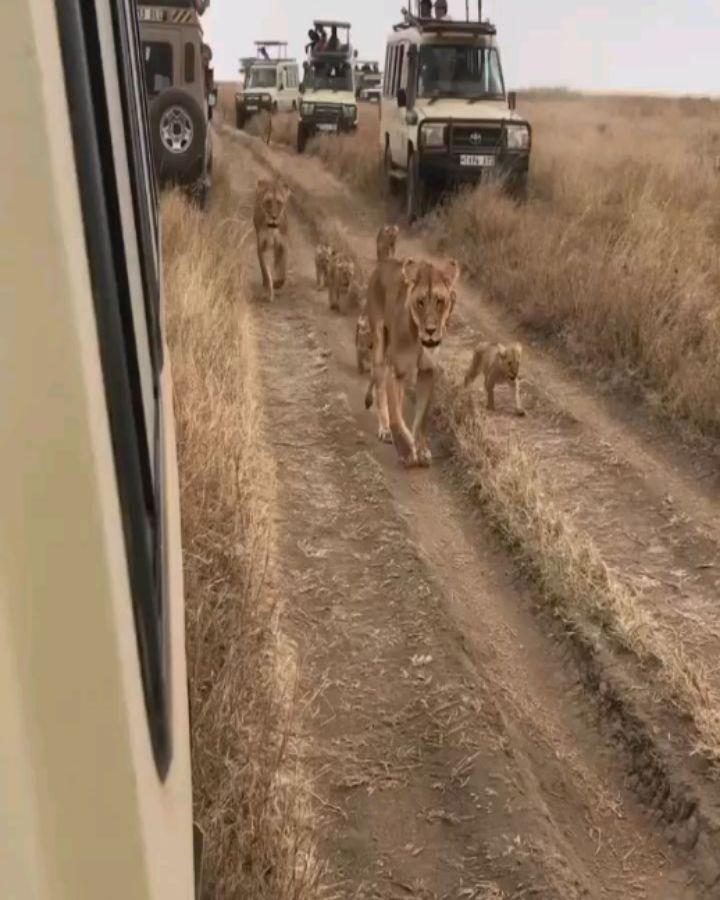– Exploring the biodiversity and ecological significance of Chyulu Hills
– The critical role of Mzima Springs in sustaining regional ecosystems
– Voi’s interface between wildlife conservation and community development
– Maasai Mara’s contribution to global zoological research and conservation
– Assessing the challenges and triumphs in conservation efforts at Mt Kilimanjaro
The Chyulu Hills, stretching across southeastern Kenya, are not just a visual spectacle but a haven for numerous species and an area of significant ecological importance. With its dense forests and expansive grasslands, this volcanic mountain range offers a sanctuary for various wildlife, including elephants, leopards, and several endemic species. The region’s significance extends beyond its biodiversity, providing critical ecosystem services such as water catchment areas that supply the Tsavo and Amboseli ecosystems.
Conservation efforts in the Chyulu Hills focus on habitat preservation, combating poaching, and fostering community-based conservation initiatives. These efforts are vital for maintaining the ecological balance and ensuring the survival of the region’s diverse fauna. The collaboration between local communities, conservation organizations, and governmental bodies has shown promising progress in sustainable habitat management and wildlife protection.
Mzima Springs, within Tsavo West National Park, is another ecological cornerstone in Kenya. These springs are a lifeline, producing over 250 million liters of fresh water daily, supporting human and wildlife populations. The clear pools of Mzima are home to hippos, crocodiles, and various fish, showcasing an intricate aquatic ecosystem. The conservation of these springs is critical to sustaining the biodiversity within the park and the surrounding areas. Efforts to protect this vital water source from pollution, over-extraction, and habitat destruction are ongoing, underscoring the importance of water conservation in wildlife management strategies.
Voi, a town in Taita-Taveta County, represents a unique interface between human development and wildlife conservation. Its proximity to Tsavo East National Park makes it a crucial area for understanding human-wildlife interactions. The coexistence challenges are met with innovative solutions that benefit the local communities and the region’s wildlife. Initiatives include community sensitization programs, eco-tourism promotion, and wildlife corridors that allow animals to migrate safely between protected areas. These efforts highlight the potential of community involvement in conservation, promoting a harmonious relationship between humans and nature.
The Maasai Mara, known for its spectacular wildebeest migration, is pivotal in global zoological research and conservation. This reserve is a focal point for studying predator-prey dynamics, migration patterns, and the impact of climate change on ecosystems. The Mara is also an exemplary model of community-based conservation, where the Maasai people participate actively in conserving their ancestral lands while deriving economic benefits through tourism. The collaboration between the Maasai communities, non-profit organizations, and government agencies has been instrumental in mitigating threats to wildlife, ensuring the Mara remains a prime area for conservation and research.
Mt Kilimanjaro, Africa’s highest peak, faces its conservation challenges, from deforestation and ice cap melting to the impact of tourism. Conservation efforts at Mt Kilimanjaro aim to address these challenges by promoting sustainable tourism practices, reforestation programs, and climate change research. The mountain is a symbol of natural beauty and a critical watershed area, supporting the lives of millions of people and various species in the surrounding areas. The success of conservation efforts here is crucial for the ecological health of the entire region.
Across these diverse landscapes, the synergy between zoology, zoo management, and wildlife conservation is evident. Each area – Chyulu Hills, Mzima Springs, Voi, Maasai Mara, and Mt Kilimanjaro – presents unique conservation challenges that require a multidisciplinary approach. Collaborative efforts that include scientific research, community engagement, and policy advocacy are key to the sustainable management of these areas. As these regions continue to face pressures from human activities, climate change, and habitat loss, the role of conservation becomes ever more critical. The goal of preserving these magnificent locations and their biodiversity for future generations can be achieved through dedicated action and global cooperation.
*****
Source Description
So many locations I went to.
Chyulu Hills.
Mzima Springs.
Voi.
Maasai Mara.
Mt Kilimanjaro.
😊💛

